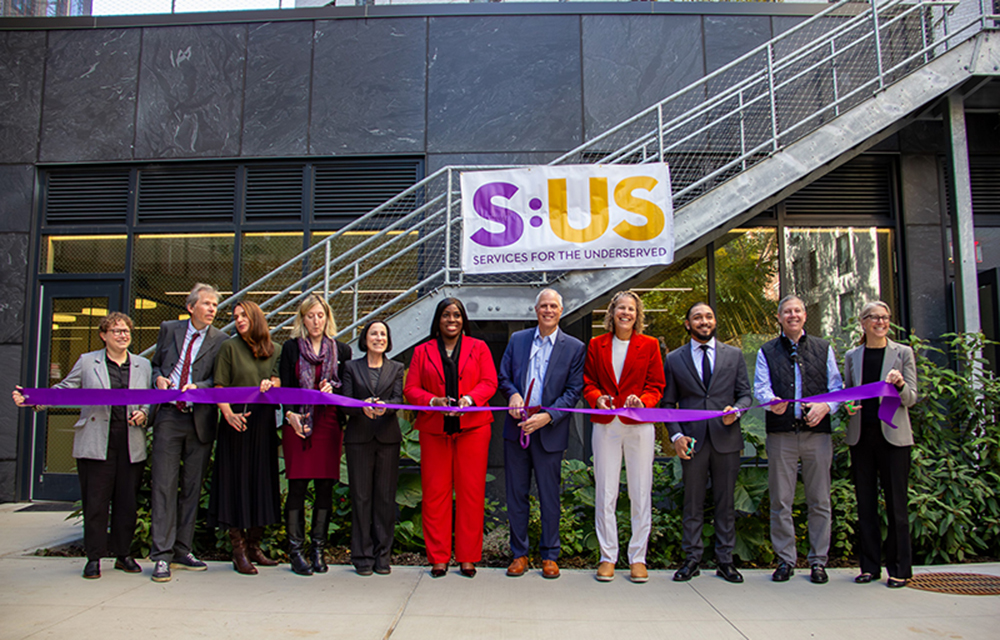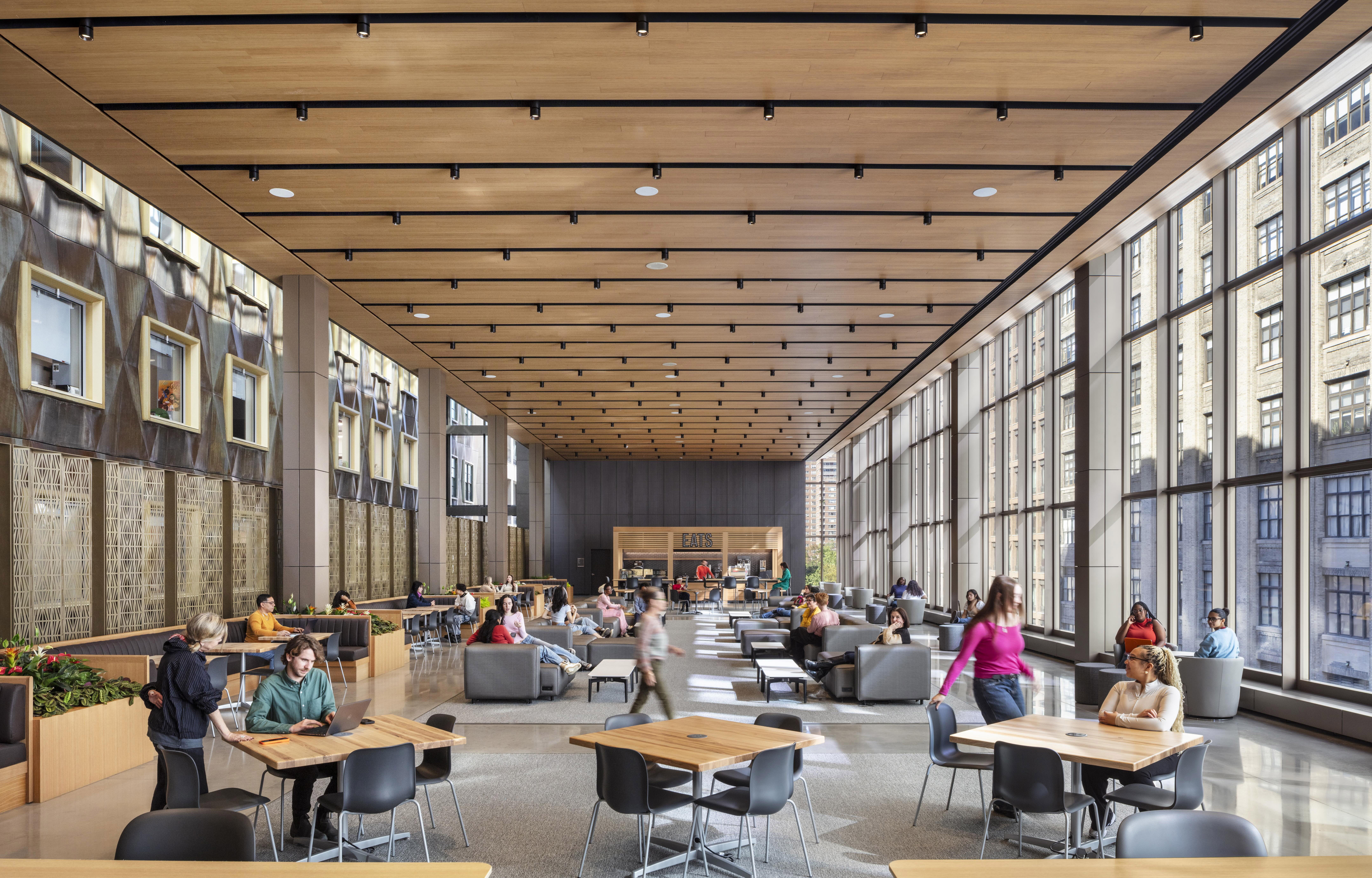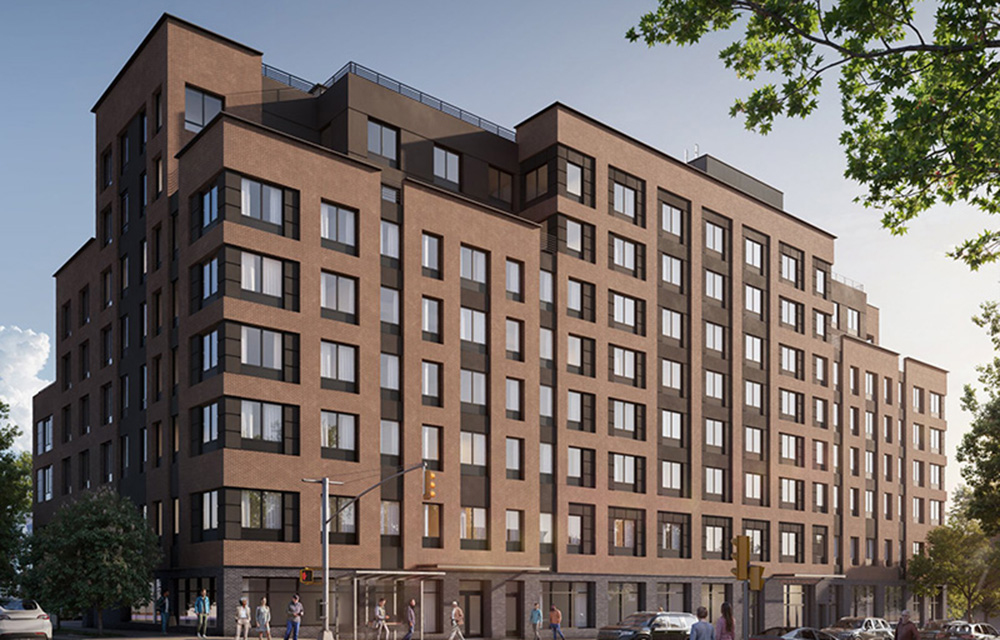Integrating solar into new construction in New York makes dollars and sense - by Yaniv Kalish

If you are involved in constructing a new building in New York , whether it’s a logistics center, a manufacturing plant or a multifamily residence, most likely installing solar panels was mentioned at some point in the process. Solar panels are being integrated into more and more new constructions, and some cities, like San Francisco and Miami, already made it mandatory. CNBC recently reported that “American businesses are investing record amounts in solar,” with top 10 corporations including Amazon, Apple and Ikea making sustainability an integral component of their long-term success.
From December 2011 to December 2017, solar power in New York increased more than 1,000%. Governor Cuomo aims to set an example for the rest of the country with his announcement of new energy efficiency standards that will help the state achieve nearly one-third of its climate goal to reduce emissions by 50% by 2030. Regulators also improved upon the application and contract process for Standardized Interconnection Requirements, which should help developers connect distributed generation projects to the distribution system more efficiently.
This transition is happening not only due to state and local mandates, or for environmental and energy security reasons. Rooftop solar is a great investment that can generate hundreds of thousands (if not millions) of dollars and has a return on investment of just 3-5 years. It increases the life of the roof, and the value of the property. Every owner, architect and general contractor should consider how they can integrate solar in their new construction.
But where do you start? Should you integrate solar into new construction or just wait until later?
No Muss, No Fuss: The first thing to note is that adding solar to a new building doesn’t mean you need to redesign the whole building. In fact, only minor adjustments, if any at all, will be needed. However, there are some things to consider that will make the process of switching to solar easier. By planning ahead and integrating solar during construction, you can tap into efficiencies during construction and save money.
For example, you should ensure the structural load of the roof can support a solar PV system. Most roofs can support solar without structural reinforcements, but if your current building design can’t support solar, you want to catch this early on before you begin construction.
Brighten up the Bottom Line: You can also integrate solar into your building design, saving money by making the solar installation process more efficient. A few examples of this include strategic placement of rooftop HVAC units, and integrating the solar system’s electrical wiring and equipment into your building design. This type of planning will lower your overall cost of solar installation. A decline in solar equipment prices makes it a particularly attractive time to make your building green.
Get in and get out: The last thing to consider is that installing solar during construction minimizes the disruption to your operations. Once your building is operational, installing solar will have minimal impact on your day-to- day work, but it is always better to complete the installation before people are in the building. That way, you will be producing clean energy and saving money from day one.
The future is bright: Thousands of companies install solar after the building is complete, but some forward thinking can make your solar installation cheaper and more efficient. The process of transitioning to solar can be daunting. As the CFO of CCG Marketing Solutions shared regarding the company’s recent transition to solar panels, “I couldn’t make heads or tails of it.” They turned to a solar consultant to help them navigate the RFP process, solar installation, financing and tax credits.
The evidence is clear that whether you’re a business owner or a commercial real estate developer, solar is an excellent investment opportunity. Integrating solar into a building during construction only gives an added boost to the economics.
Yaniv Kalish is the CEO of SolarKal, New York, N.Y.
NYC mayor and DOB release comprehensive façade inspection and safety study conducted by Thornton Tomasetti








.gif)
.jpg)

.gif)